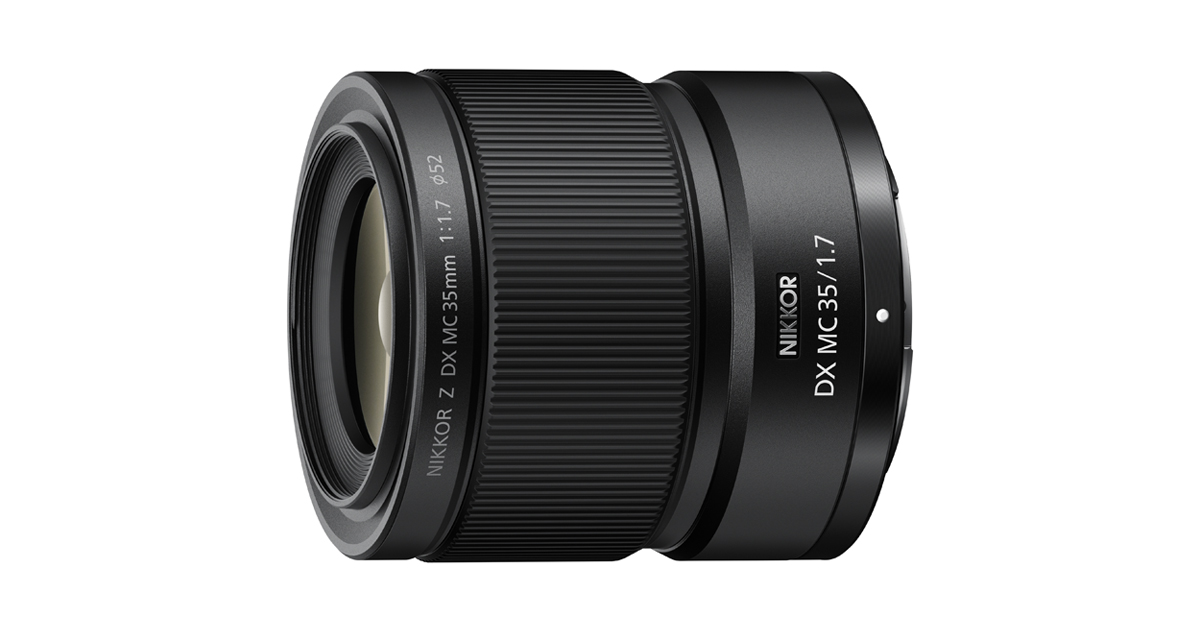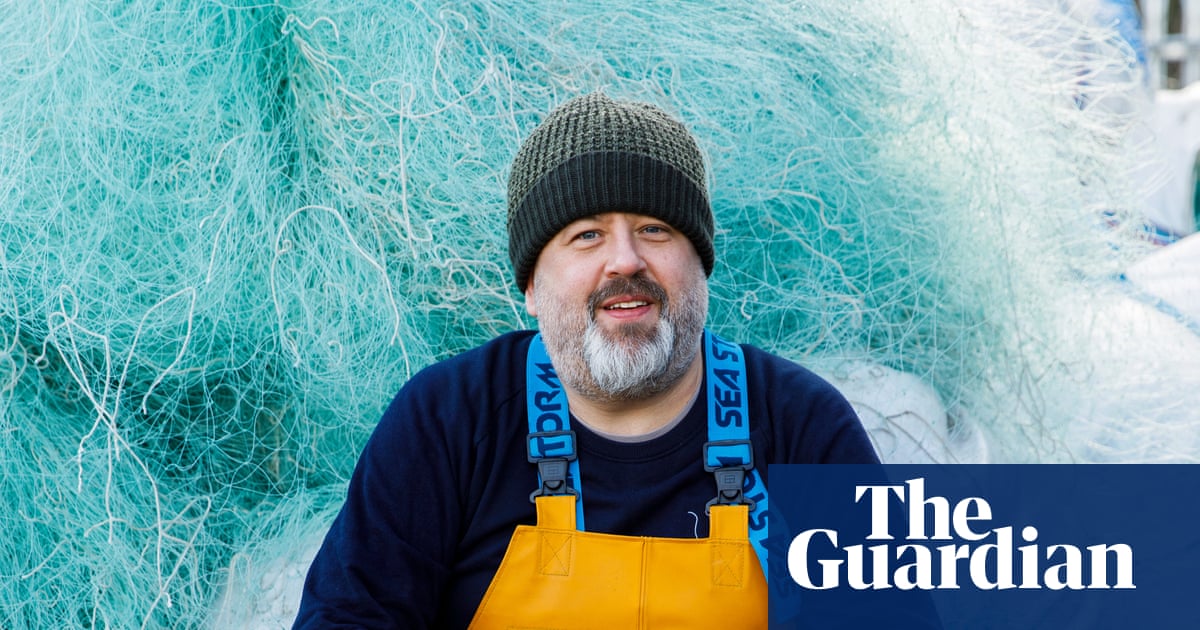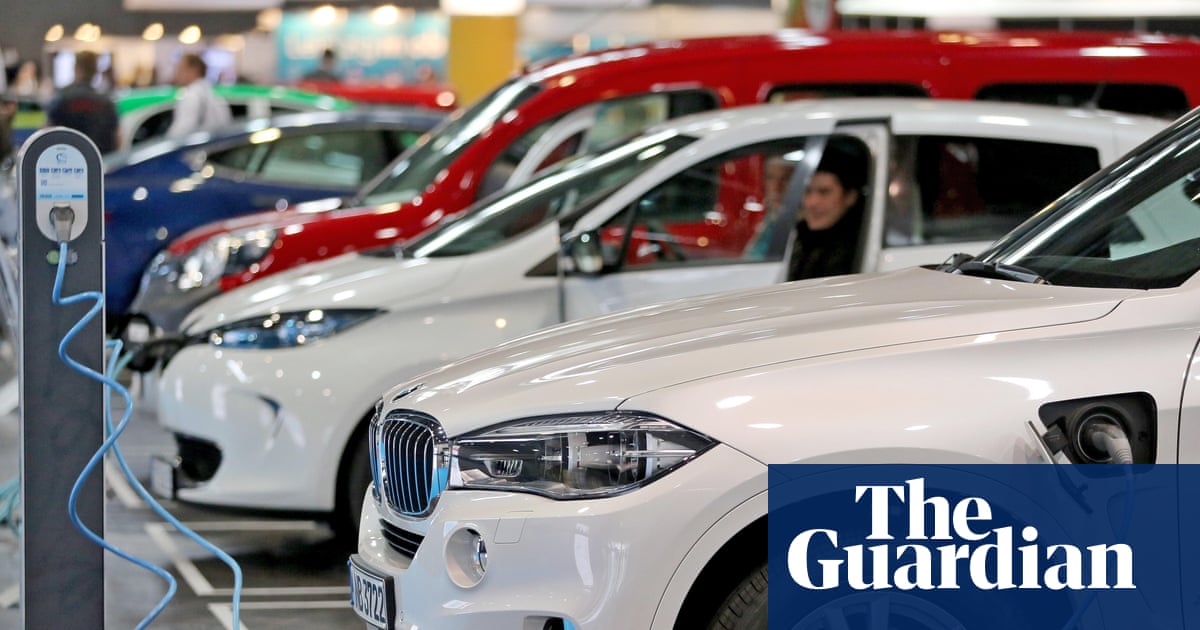The Nikon NIKKOR Z DX 16-50mm f2.8 VR is a fast zoom lens, while the Nikon NIKKOR Z 35mm F1.7 is a lightweight prime lens designed to deliver great light-gathering ability and speed, making both ideal for still photography and video users.
NEW…

The Nikon NIKKOR Z DX 16-50mm f2.8 VR is a fast zoom lens, while the Nikon NIKKOR Z 35mm F1.7 is a lightweight prime lens designed to deliver great light-gathering ability and speed, making both ideal for still photography and video users.
NEW…

Although cannabis research has been outpaced by consumer
behavior and public policy, the research is catching up. A growing
body of medical studies link cannabis exposure to cardiovascular
harms that can include heart attack, stroke, heart…

A state-of-the-art health screening van launched this month is bringing advanced imaging technology and health education directly to New Yorkers who are at the greatest risk of developing lung cancer. The initiative — a…

TOKYO – Nikon Corporation (Nikon) is pleased to announce the release of the NIKKOR Z DX MC 35mm f/1.7, a standard micro lens for APS-C size/DX-format mirrorless cameras.
The NIKKOR Z DX MC 35mm f/1.7 is a fast, lightweight standard micro…

Ian Falconer kept thinking about the heaps of discarded plastic fishing nets he saw at Newlyn harbour near his home in Cornwall. “I thought ‘it’s such a waste’,” he says. “There has to be a better solution than it all going into landfill.”
Falconer, 52, who studied environmental and mining geology at university, came up with a plan: shredding and cleaning the worn out nets, melting the plastic down and converting it into filament to be used in 3D printing. He then built a “micro-factory” so that the filament could be made into useful stuff.
“Every year, up to 1m tonnes of fishing nets are discarded,” he says. “Most of that ends up in landfill or is burned, or worse still finds its way back into the oceans. This showed there was another way for some of that material.”
The first big challenge he encountered when he started in 2016, was getting hold of the nets. But he badgered the Newlyn harbour master into giving him a few to test his theory in his kitchen.
Since its launch the following year, Falconer’s company OrCA (previously Fishy Filaments) has raised more than £1m from small investors in over 40 countries. The investment funded the development of patented new machinery that can convert more than 20 kilos of nylon fishing nets an hour. He claims the recycling process has less than 3% of the carbon impact of producing new nylon.
“When they get to us, this particular type of fishing nets have typically been used by Cornish fishers for around six months,” he says. “They are routinely swapped out because their surfaces become cloudy due to wear and the build up of an algal biofilm. With time and repeated use, eventually the fish can sense them in the water and avoid them.
“Skippers can see their catches fall as their nets age and it makes sense to replace them.”
The nets that go into the shredder come out as small blue-green beads that Falconer sells to 3D printing companies, which convert them into strings of filament used in 3D printing. They also get sold around the world to replace new plastic in more conventional products that are made using injection moulding.
Falconer’s shipping container office is full of items made from the raw material: sunglasses, light shades, bottle openers, razor blade handles. It can be used for just about anything. The items he is most proud of are those made from his nylon mixed with waste carbon fibre – mostly from offcuts of car and aeroplane manufacturing. This stronger and more expensive product is used to make parts for racing bikes and super-light sunglasses, and industrial components such as electronic enclosures.
The carbon and nylon mix sells for up to £35,000 a tonne – more than the £12,000 a tonne pure nylon beads. “Our process turns a liability of about £500 a tonne to pay to get someone to take the nets away, not to mention the environmental cost of that, into something of real value,” Falconer says. “Now, when I pass the piles of fishing nets on the harbourside, I see piles of money.”
Abandoned, lost or discarded fishing gear poses one of the most serious threats to marine life, says Rachel Coppock, marine ecologist at the Plymouth Marine Laboratory, adding that innovative ideas to reduce this are welcome.
“Recycling schemes are increasingly seen as viable and beneficial in demonstrating how old gear can be transformed into new products, reducing landfill waste and supporting a circular economy,” she says. “Though challenges remain in scaling these efforts due to material complexity and infrastructure gaps.”
Falconer’s roster of clients, which includes Philips lighting, L’Oréal, Ford and Mercedes-Benz, is increasing as more companies see OrCA’s potential to help them reduce their carbon footprint by increasing the proportion of their products made from recycled materials.
“The European Union wants automakers to use at least 20% recycled plastic by 2035,” he says. “Using ours is one of the easiest ways to do it.”
Falconer could make a nice living continuing to recycle Newlyn fishers’ nets, but he has wider ambitions. “Waste fishing nets are a problem here in Cornwall, but the same type of nets are a much bigger problem in other countries, especially those without established waste systems,” he says. “Around Africa, South and Central America and Asia you see these nets littering beaches.”
Many of those countries don’t have the equipment to recycle the nets, he says, so they are burned or just left as waste. “They even end up back in the water where they can damage coral reefs and harm marine life, including the fisheries that the local communities rely on for food.”
About 150,000 tonnes of nylon monofilament fishing nets are made every year, and, based on external reports, Falconer estimates production will soon rise to 200,000 tonnes. The world’s total traditional nylon recycling capacity is less than 150,000 tonnes a year, so less than half the capacity that European carmakers need to meet their targets, and almost all of that is taken up with recycling carpets and other textiles.
To try to combat the problem, Falconer plans on exporting his recycling solution to any harbour that wants it. A container with all the equipment needed to run a mini recycling plant would cost about $500,000 (£370,000) if built in the UK.
Falconer says he has already received inquiries from 14 countries including Brazil, Colombia, Ghana, South Africa and Vietnam.
“The beauty of it is that it all fits in a shipping container and pretty much anyone can operate it,” he says. “So you could have one of these at every harbour around the world, converting a costly and hazardous waste into a profitable raw material.”

More Seiko watches have gone to space than any other brand, save for Omega and Casio, and Seiko brings back the most prolific of them all, the multi-function Rotocall. For the 2025 reissue, the brand has gone for authenticity over reinvention,…


Unlock the Editor’s Digest for free
Roula Khalaf, Editor of the FT, selects her favourite stories in this weekly newsletter.
When the French author Annie Ernaux was 10, she overheard her mother tell an acquaintance that, before Annie’s birth,…

Plug-in hybrid electric vehicles (PHEVs) pump out nearly five times more planet-heating pollution than official figures show, a report has found.
The cars, which can run on electric batteries as well as combustion engines, have been promoted by European carmakers as a way to cover long distances in a single drive – unlike fully electric cars – while still reducing emissions.
Data shows PHEVs emit just 19% less CO2 than petrol and diesel cars, an analysis by the non-profit advocacy group Transport and Environment found on Thursday. Under laboratory tests, they were assumed to be 75% less polluting.
The researchers analysed data from the onboard fuel consumption meters of 800,000 cars registered in Europe between 2021 and 2023. They found real-world carbon dioxide emissions from PHEVs in 2023 were 4.9 times greater than those from standardised laboratory tests, having risen from being 3.5 times greater in 2021.
“Real-world emissions are going up, while official emissions are going down,” said Sofía Navas Gohlke, a researcher at Transport and Environment and the co-author of the report. “This is the gap that is getting worse and it is a real problem. As a result, PHEVs pollute almost as much as petrol cars.”
The researchers attributed most of the gap to overestimates of the “utility factor” – the ratio of miles travelled in electric mode to the total miles travelled – finding that 27% of driving was done in electric mode even though official estimates assumed 84%. The European Commission has announced two corrections to the utility factor ratio that will narrow the gap but not close it entirely, according to the analysis.
Even when the cars were driven in electric mode, the analysis found that levels of pollution were well above official estimates. The researchers said this was because electric motors were not strong enough to operate alone, with their engines burning fossil fuels for almost one-third of the distance travelled in electric mode.
Patrick Plötz, head of energy economics at the Fraunhofer Institute for Systems and Innovation Research, who was not involved in the study, said it was a “very useful contribution” after years in which parts of the automotive industry argued there was too little data to accurately assess real-world emissions.
“The results demonstrate, beyond any doubt, that the gap between official and real-world PHEV fuel consumption and CO2 emissions is much, much larger than for gasoline or diesel cars,” said Plötz, who has published research on the topic. “Any policy changes with respect to PHEVs should be made with utmost care and in the light of that data.”
Hybrid cars have been drawn back into the political debate as carmakers have pressed the EU to weaken CO2 targets. A ban on new combustion engine cars in 2035 has been subject to heavy lobbying from the automotive industry and opposition from member states with large car industries.
“There must not be a drastic cut in 2035,” the German chancellor, Friedrich Merz, said after a summit last week with the country’s struggling automobile industry, promising to do “everything in [his] power” to achieve that. Other senior German politicians have floated plug-in hybrids as one example of possible “flexibilities” they could introduce to the legislation.
after newsletter promotion
The researchers calculated that the underestimate of PHEV emissions had let four major carmaker groups avoid more than €5bn (£4.3bn) in fines between 2021 and 2023, by making it artificially easier to comply with the EU’s fleet-average CO2 targets. They added that drivers of PHEVs would also be paying about €500 more a year in running costs than would be assumed under laboratory tests.
“The bold claims that manufacturers like to make about their plug-in hybrid vehicles are clearly way off the mark,” said Colin Walker, a transport analyst at the Energy and Climate Intelligence Unit.
“Consumers are being duped into believing that in buying a PHEV, they are helping the environment and saving money,” he said. “In reality, PHEVs are little better than regular petrol and diesel cars when it comes to the fuel they consume, the CO2 they produce and the money they cost to run.”